When you’re sprucing up your bathroom, a common question that pops up is: “Does a medicine cabinet have to be recessed?” The short answer is no, it doesn’t. But like most things in life, there’s more to the story. Let’s dive into the nitty-gritty of recessed vs. surface-mounted medicine cabinets to help you figure out what’s best for your bathroom.
Understanding Medicine Cabinets
Before we get into the pros and cons, let’s get clear on what we’re talking about.
What is a Recessed Medicine Cabinet?
A recessed medicine cabinet is installed inside the wall, making it flush with the surface. This means you need to cut into the wall and ensure there are no pesky pipes or wires in the way. It’s a bit like giving your wall a hidden pocket.
What is a Surface-Mounted Medicine Cabinet?
A surface-mounted medicine cabinet, on the other hand, is installed directly on the wall. No cutting, no fuss—just attach it to the wall, and you’re good to go. These come in various styles and sizes, offering lots of flexibility.
Pros and Cons of Recessed Medicine Cabinets
Pros
- Sleek Appearance: A recessed cabinet gives your bathroom a clean, modern look. It’s all about that minimalistic aesthetic.
- Space-Saving: Since it’s embedded in the wall, it doesn’t stick out, which is perfect for smaller bathrooms.
- Customization: You can customize it to fit your wall cavity perfectly, giving it a tailored look.
Cons
- Complex Installation: Installing one of these babies requires cutting into the wall, which can be a bit of a headache and might need professional help.
- Limited Wall Space: Not all walls are suitable for recessed cabinets. If there are pipes, wires, or studs in the way, you’re out of luck.
- Higher Costs: Because of the complex installation, they can be more expensive in terms of both labor and materials.
Pros and Cons of Surface-Mounted Medicine Cabinets
Pros
- Easy Installation: These cabinets are a breeze to install. It’s a great weekend DIY project.
- Versatility: They come in a wide range of styles, sizes, and finishes, so you can find one that matches your bathroom decor perfectly.
- Flexibility: You can install them on almost any wall, making them a versatile choice for any bathroom layout.
Cons
- Protrusion: They stick out from the wall, which can be a drawback in small or narrow bathrooms.
- Aesthetic Considerations: While many are stylish, they might not offer the same sleek, integrated look as recessed cabinets.
- Limited Space: They can take up valuable wall space that you might need for other fixtures or decor.
Features to Consider
Medicine Cabinet with Lights
Adding lights to your medicine cabinet can be a game-changer. It enhances visibility, making it easier to find items and do things like apply makeup or shave. Plus, it adds a modern touch to your bathroom.
Mirror and Storage Options
Most medicine cabinets come with mirrored doors, which are both functional and stylish. Look for ones with adjustable shelves for more flexible storage options.
Material and Finish
Choose a material that complements your bathroom design and can withstand the humid environment. Finishes like chrome, brushed nickel, or matte black can add a touch of elegance.
Installation Considerations

DIY vs. Professional Installation
If you’re comfortable with DIY projects, installing a surface-mounted cabinet can be straightforward. However, recessed cabinets usually require professional installation due to the need to cut into the wall and possibly deal with plumbing and electrical components.
Tools and Materials
For a surface-mounted cabinet, you’ll need basic tools like a drill, screwdriver, level, and measuring tape. For a recessed cabinet, you might also need a drywall saw and a stud finder.
Time and Cost
Surface-mounted cabinets can often be installed in an afternoon, while recessed cabinets might take a day or more. Recessed cabinets generally incur higher costs due to the more complex installation process.
Making Your Decision
Assess Your Bathroom Space
Evaluate the available space in your bathroom. If you have a small bathroom or limited wall space, a recessed cabinet might be the better choice. Conversely, if you have ample space or prefer an easier installation, a surface-mounted cabinet could be ideal.
Consider Your Budget
Recessed medicine cabinets can be more expensive due to the labor involved in installation. If you’re on a tight budget, a surface-mounted cabinet might be a more cost-effective option.
Think About Functionality and Aesthetics
Determine what features are most important to you. If you value a sleek, integrated look and are willing to invest in professional installation, a recessed cabinet might be worth it. On the other hand, if you prioritize ease of installation and versatility, a surface-mounted cabinet could be the way to go.
Takeaway
Ultimately, whether to choose a recessed or surface-mounted medicine cabinet depends on your personal preferences, budget, and bathroom layout. Both types have their own set of advantages and drawbacks, so weigh them carefully before making your decision.
Remember, a medicine cabinet doesn’t have to be recessed to be functional and stylish. By considering your specific needs and the characteristics of your bathroom, you can find the perfect medicine cabinet that enhances both the functionality and aesthetics of your space.


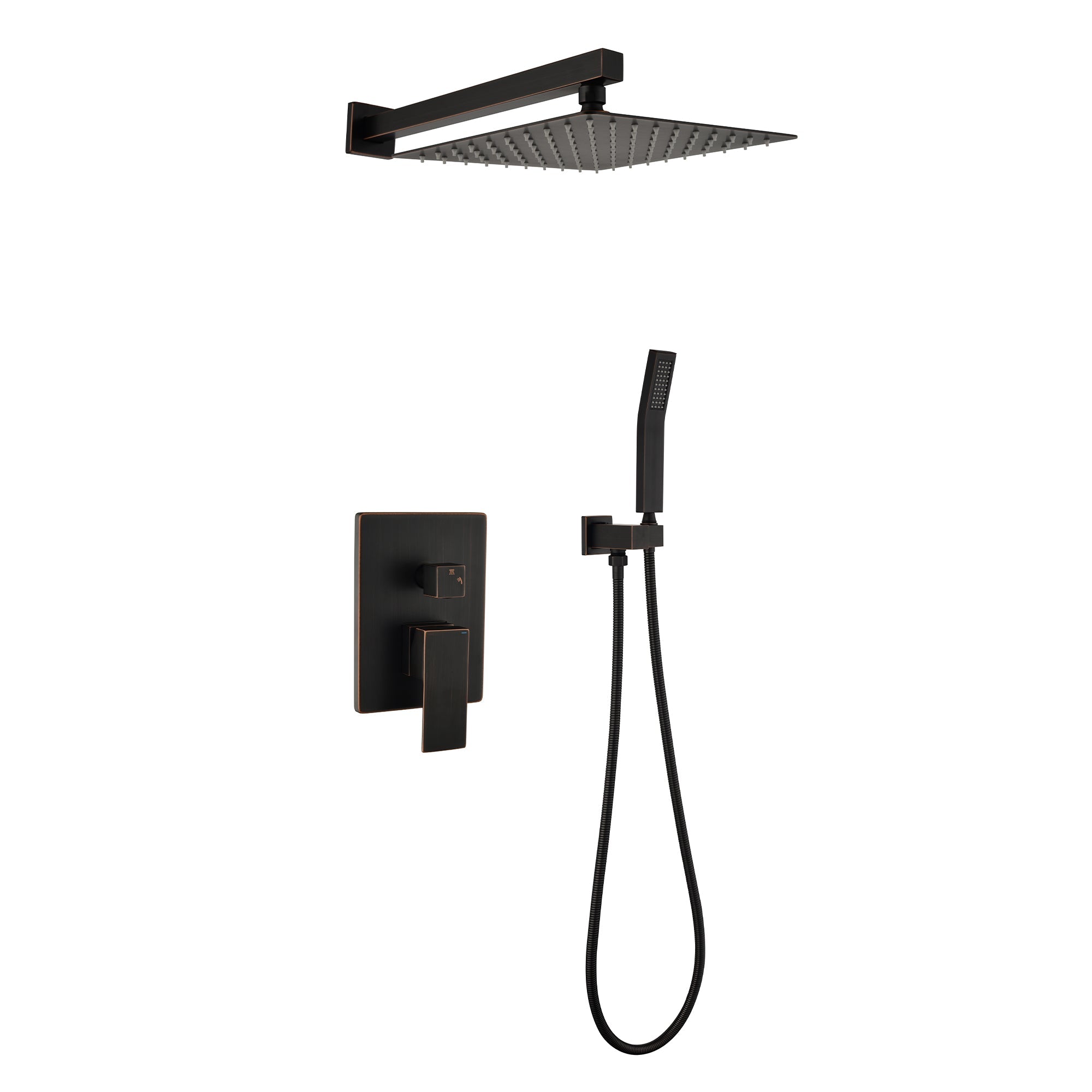



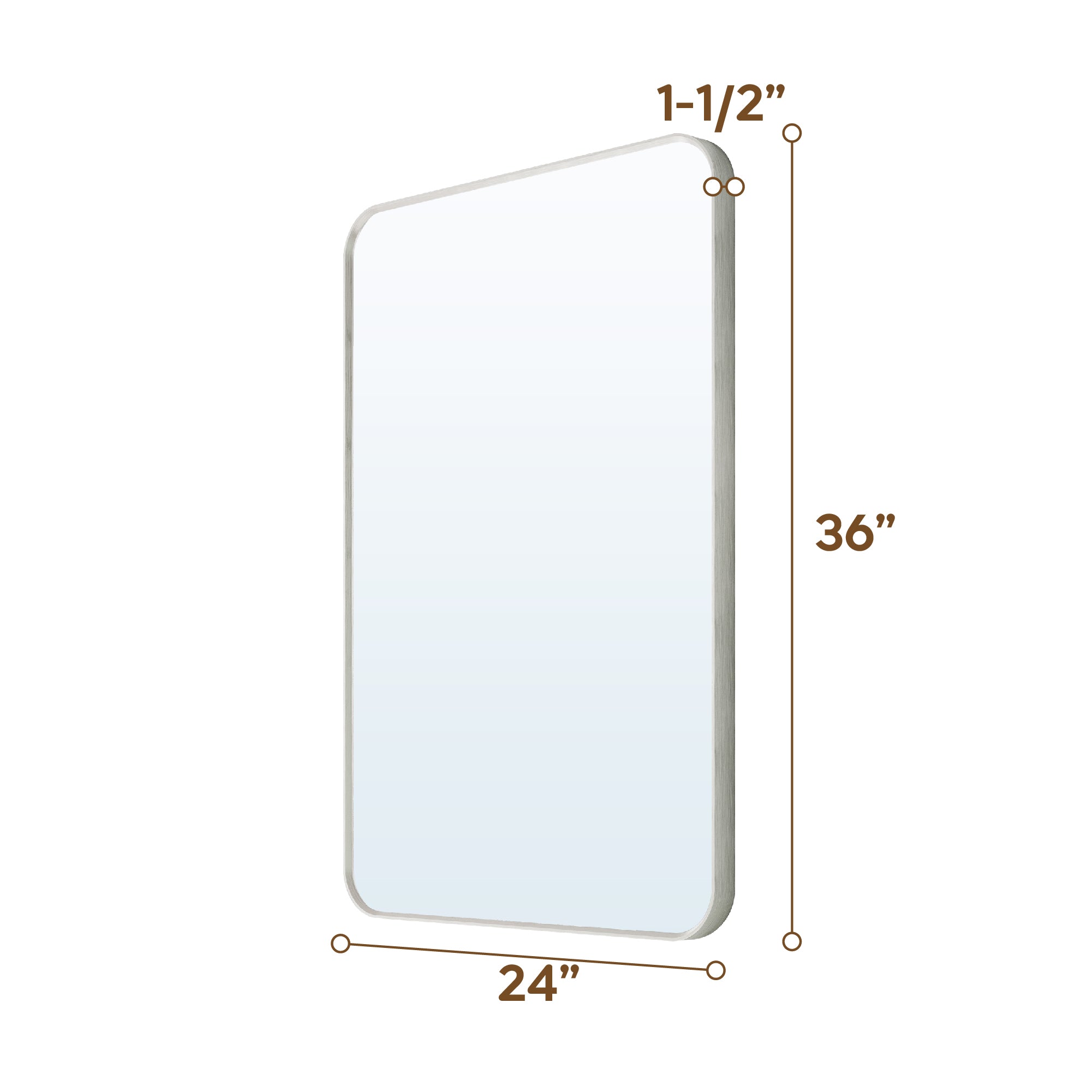
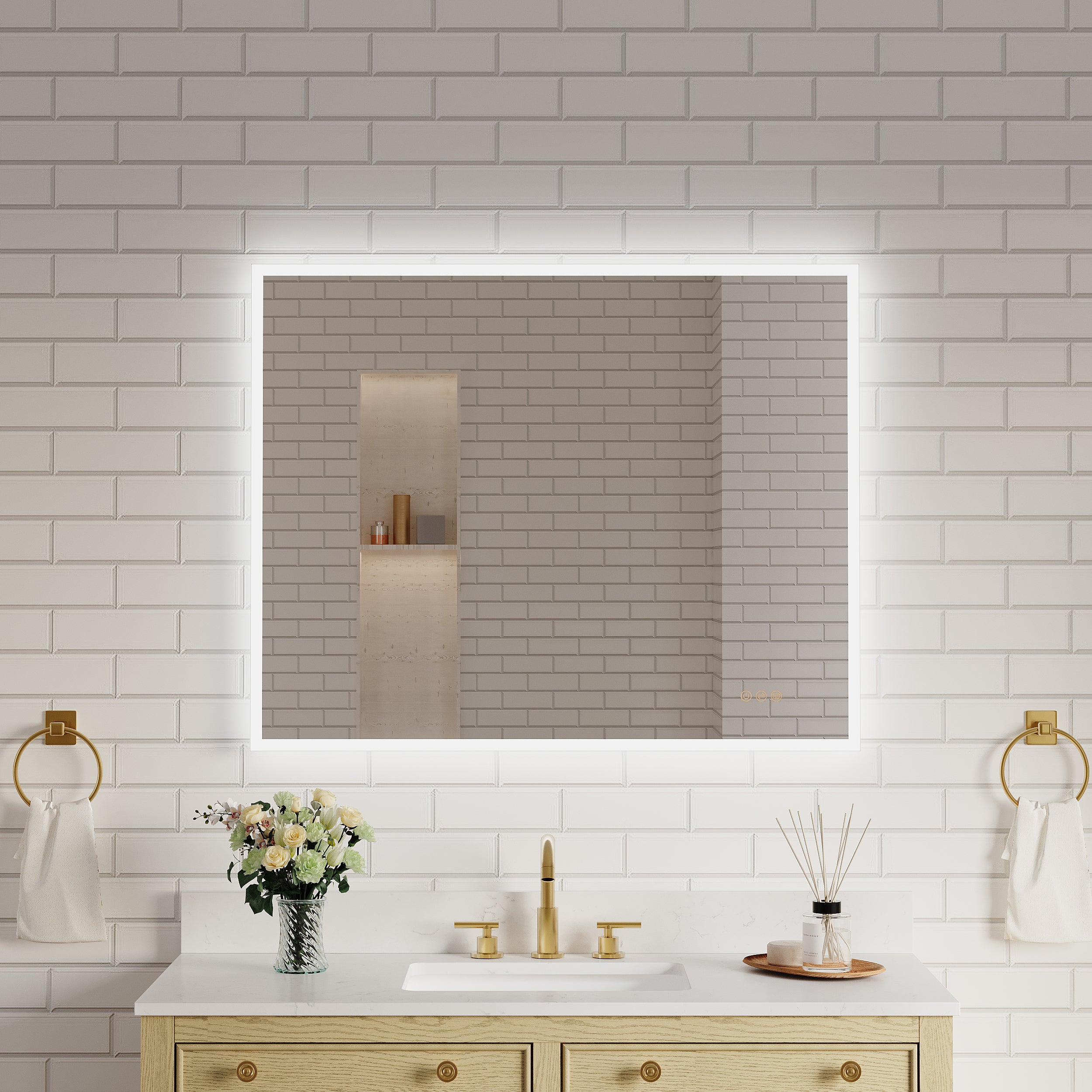
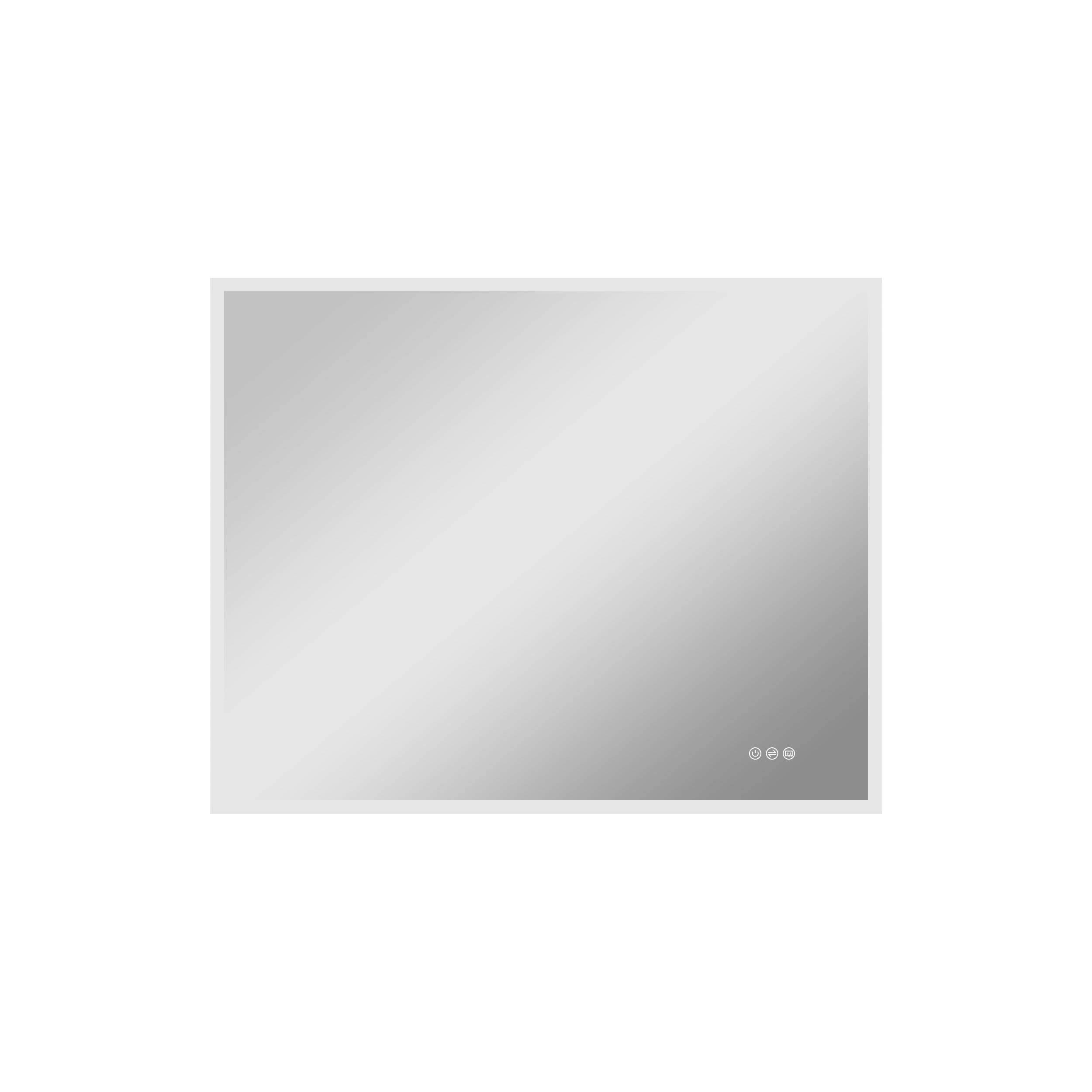




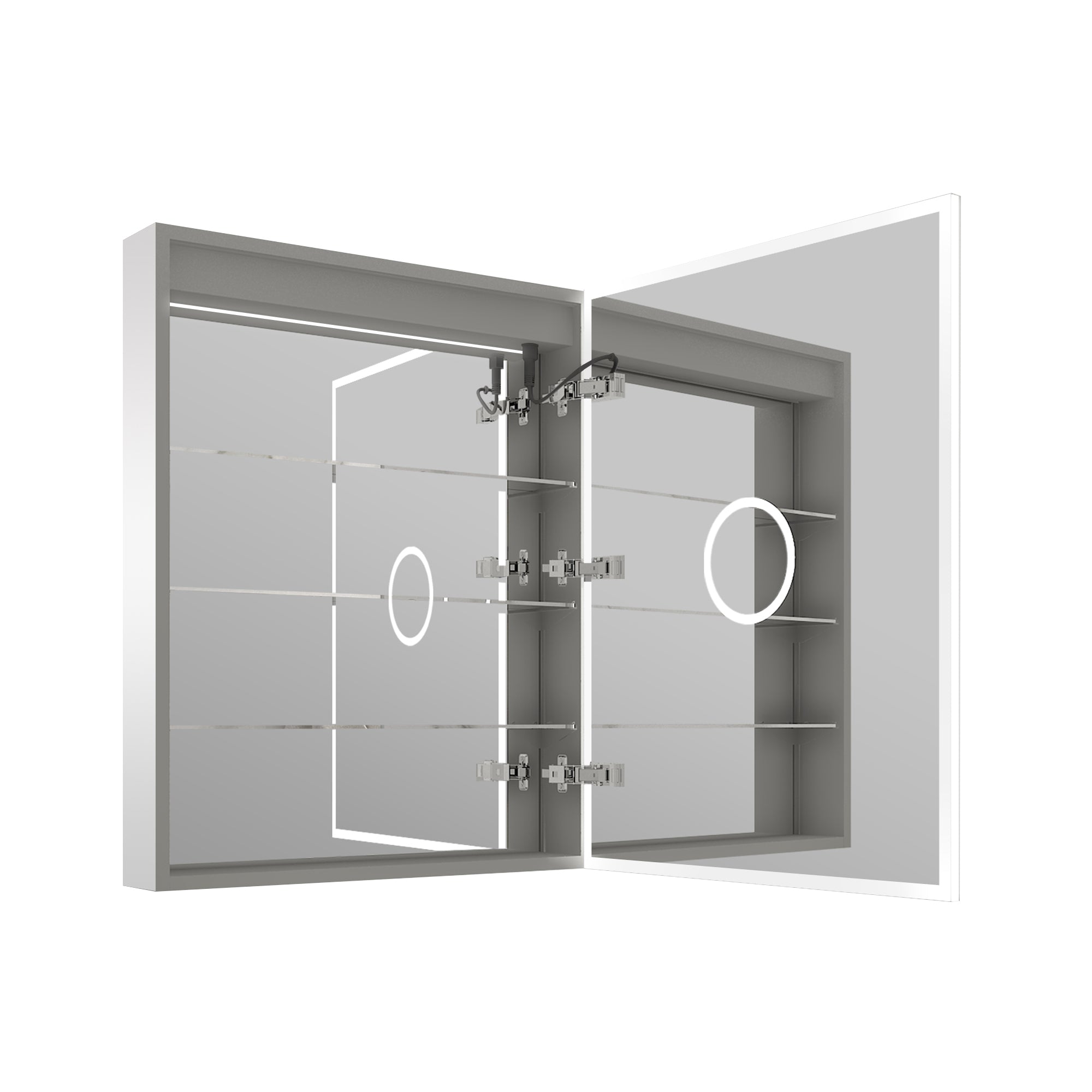
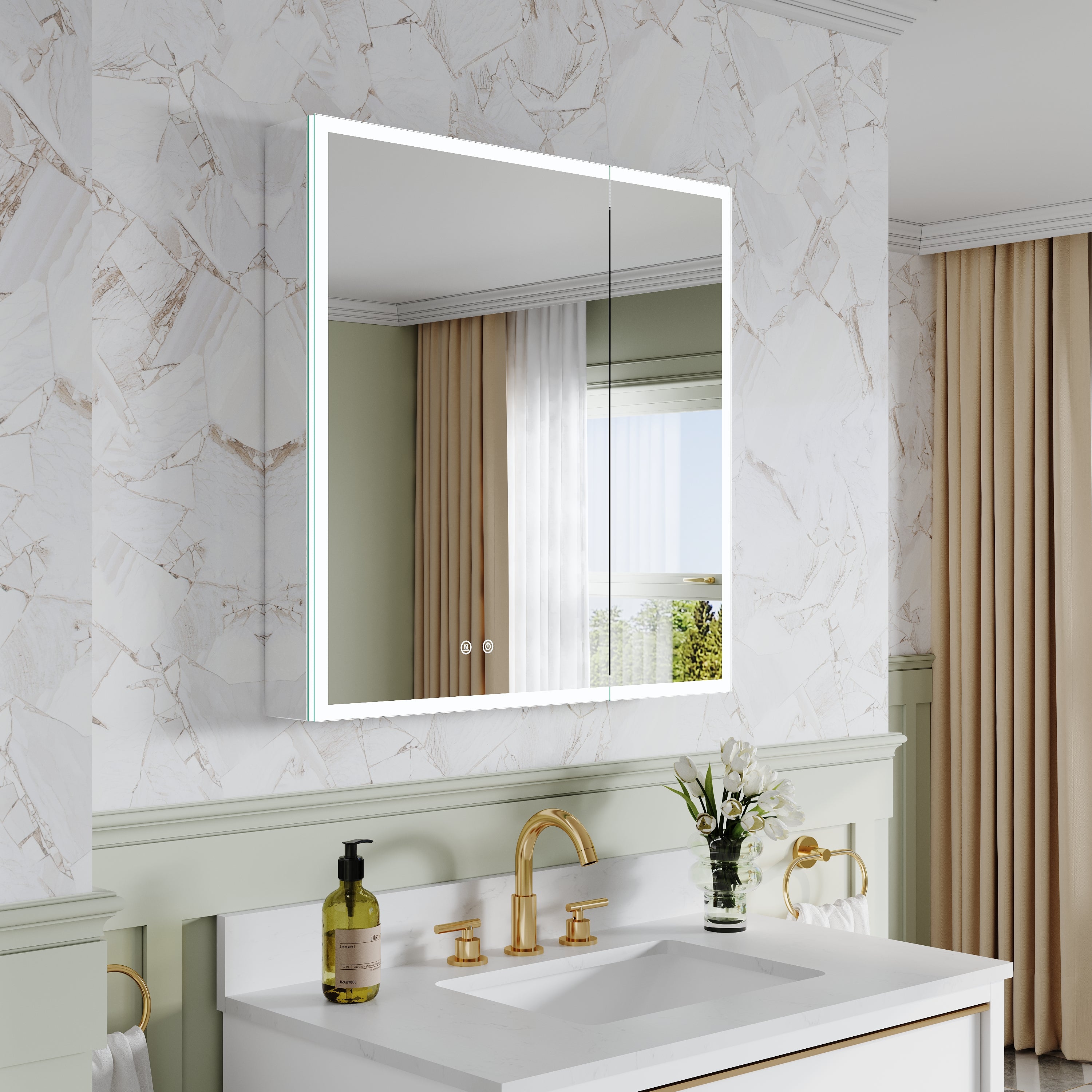



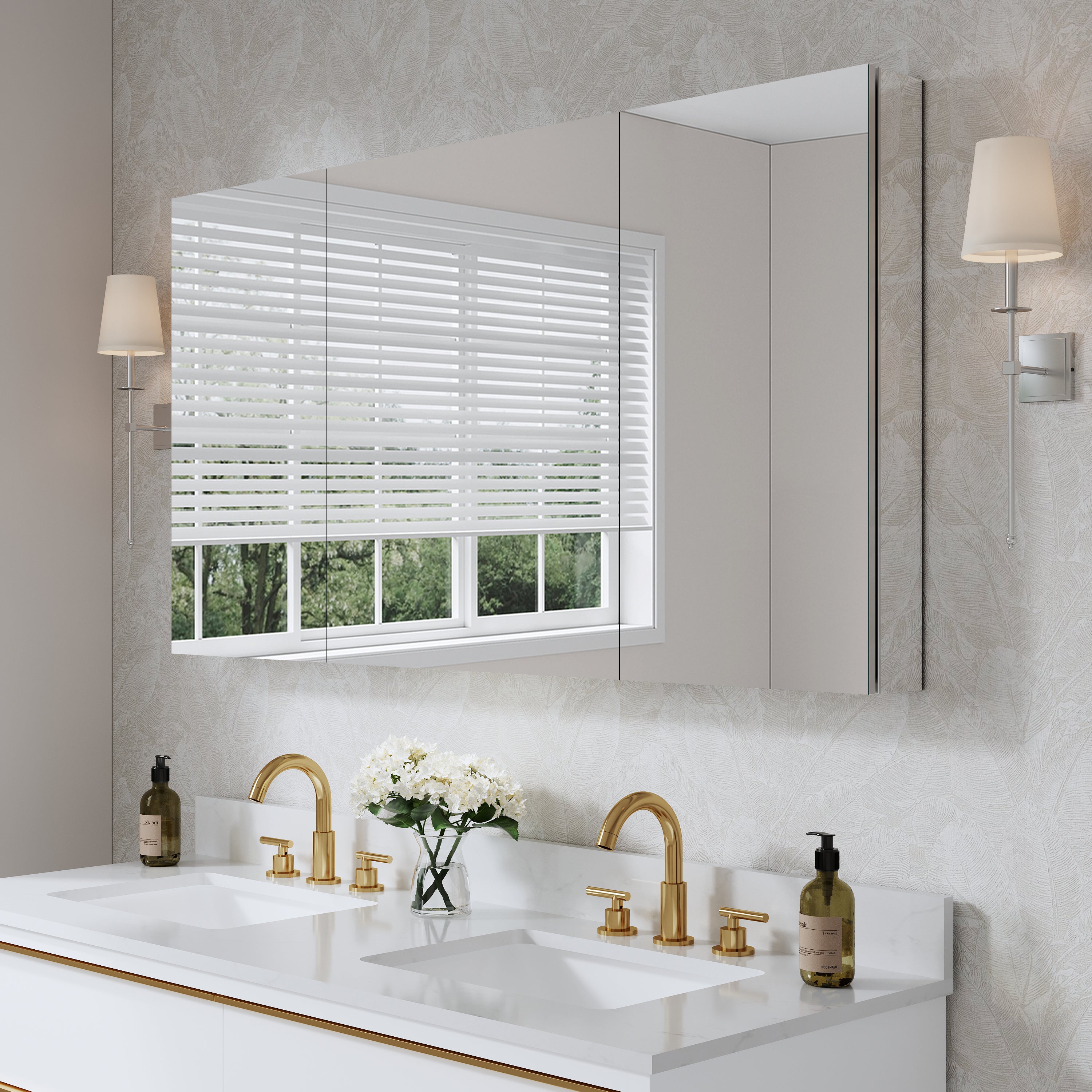



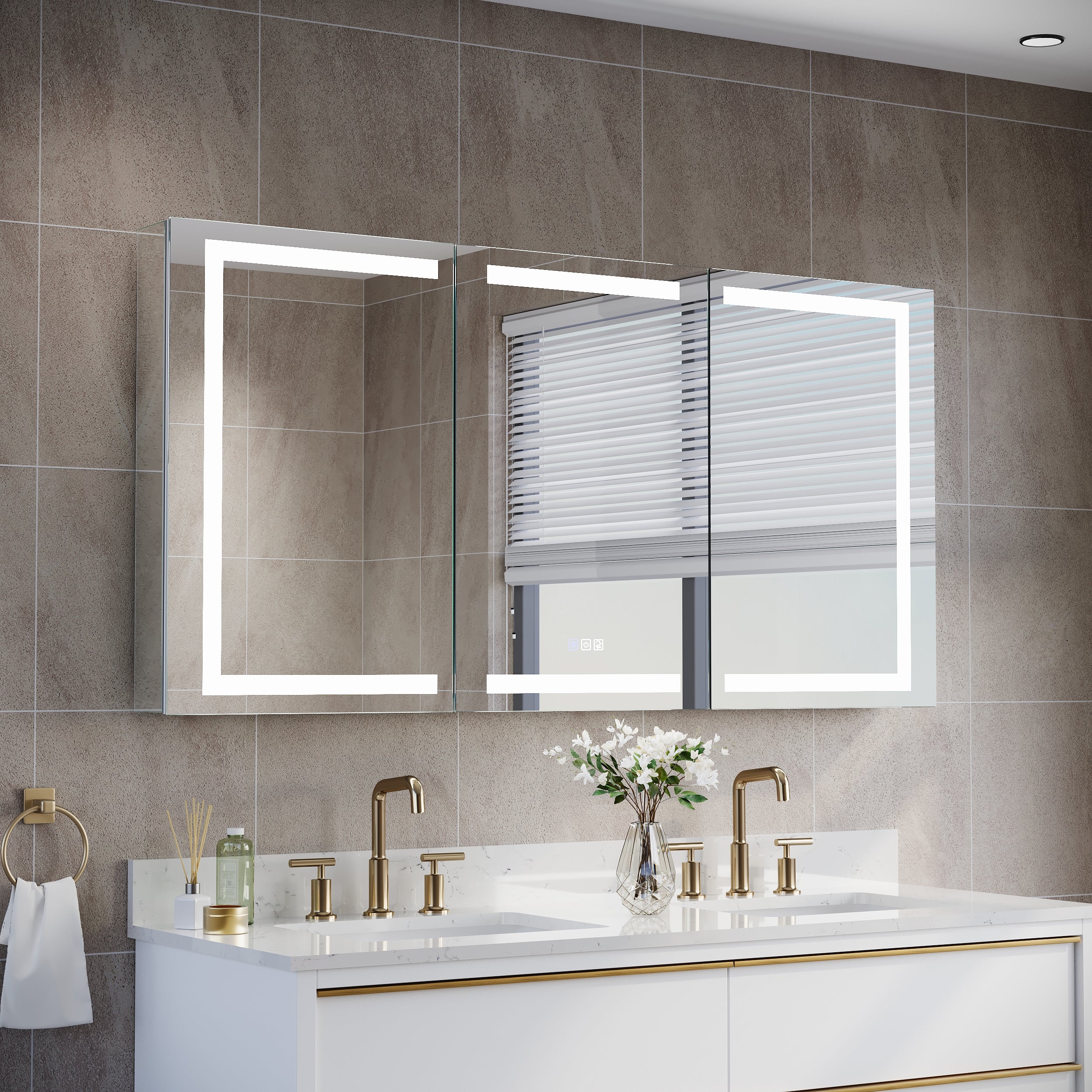



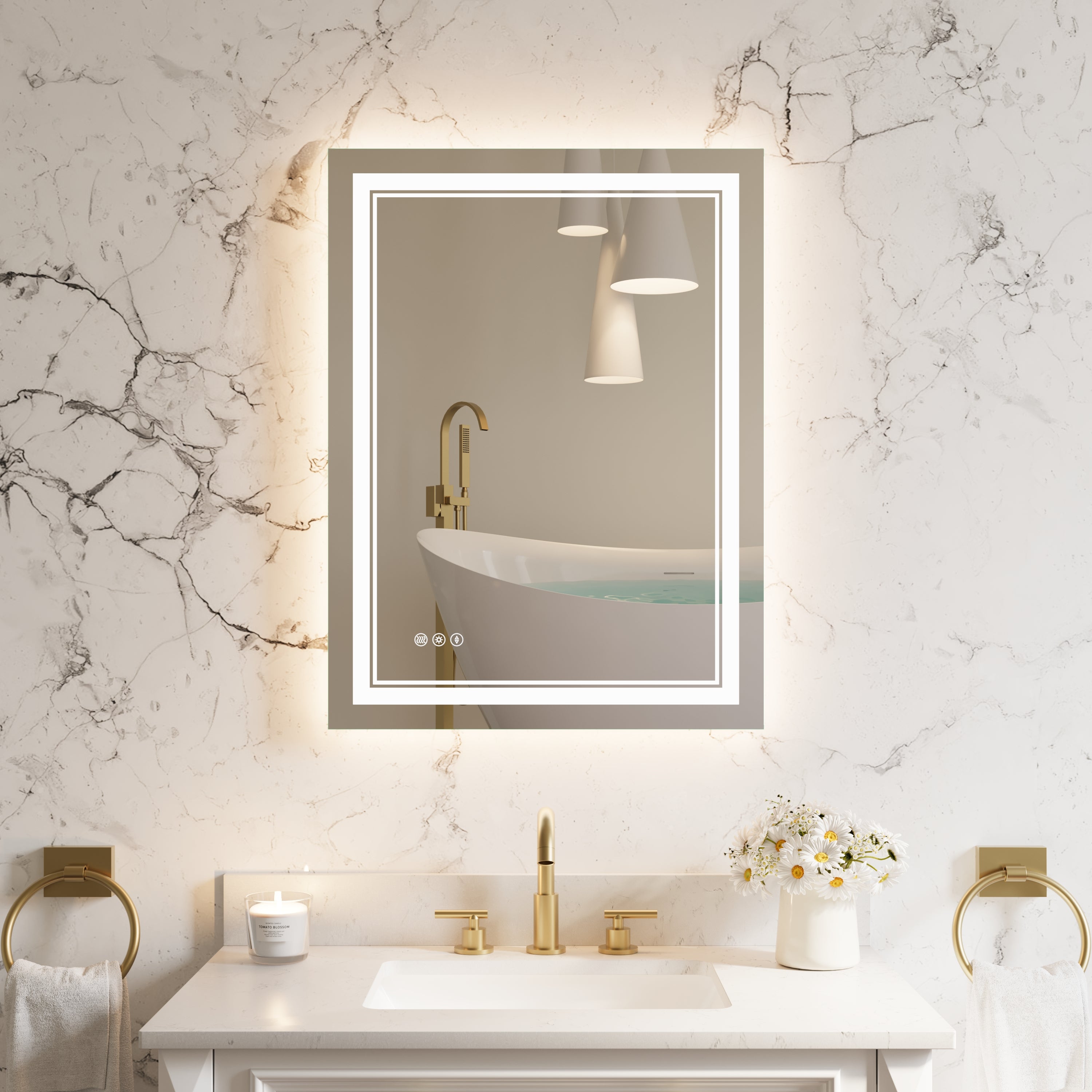








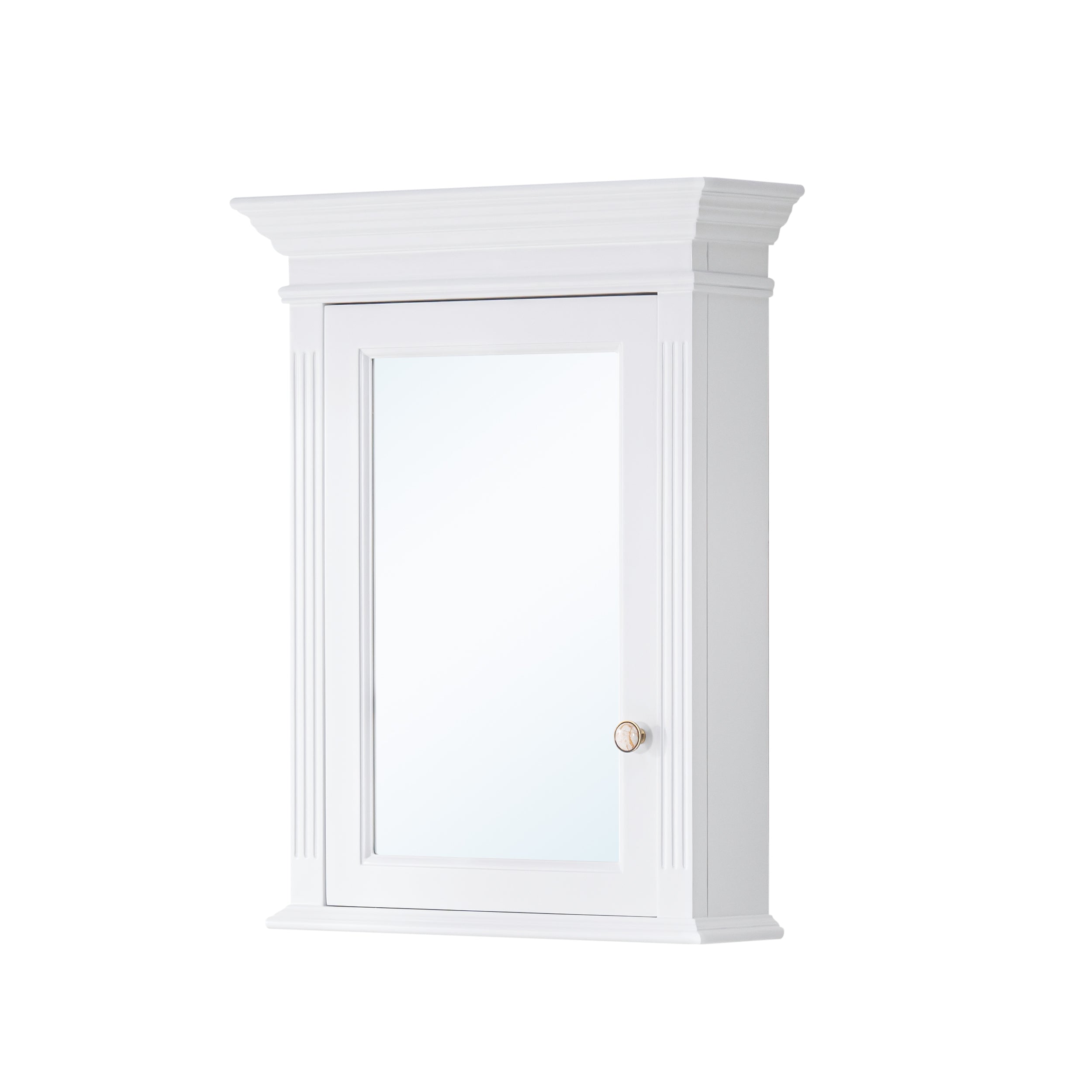
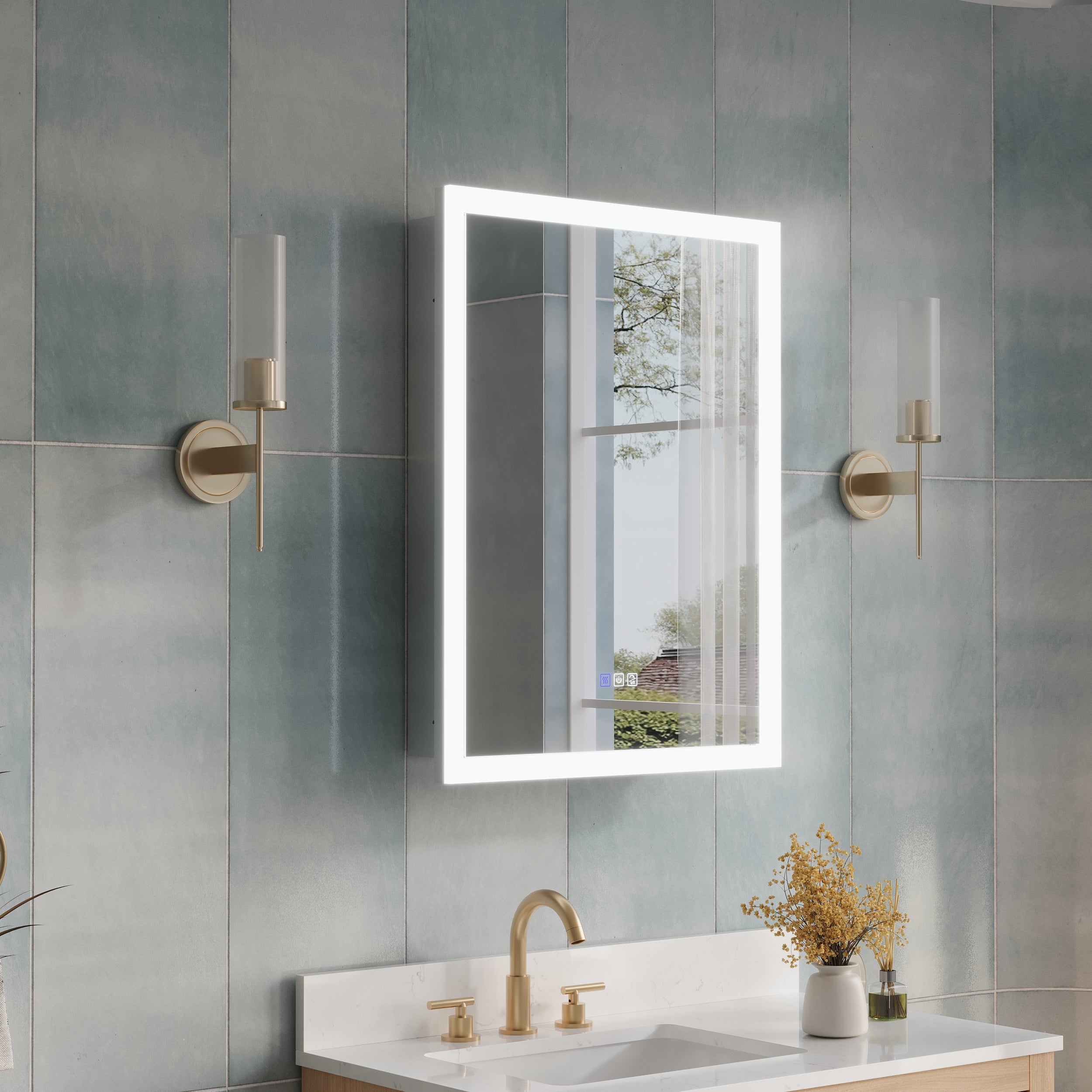
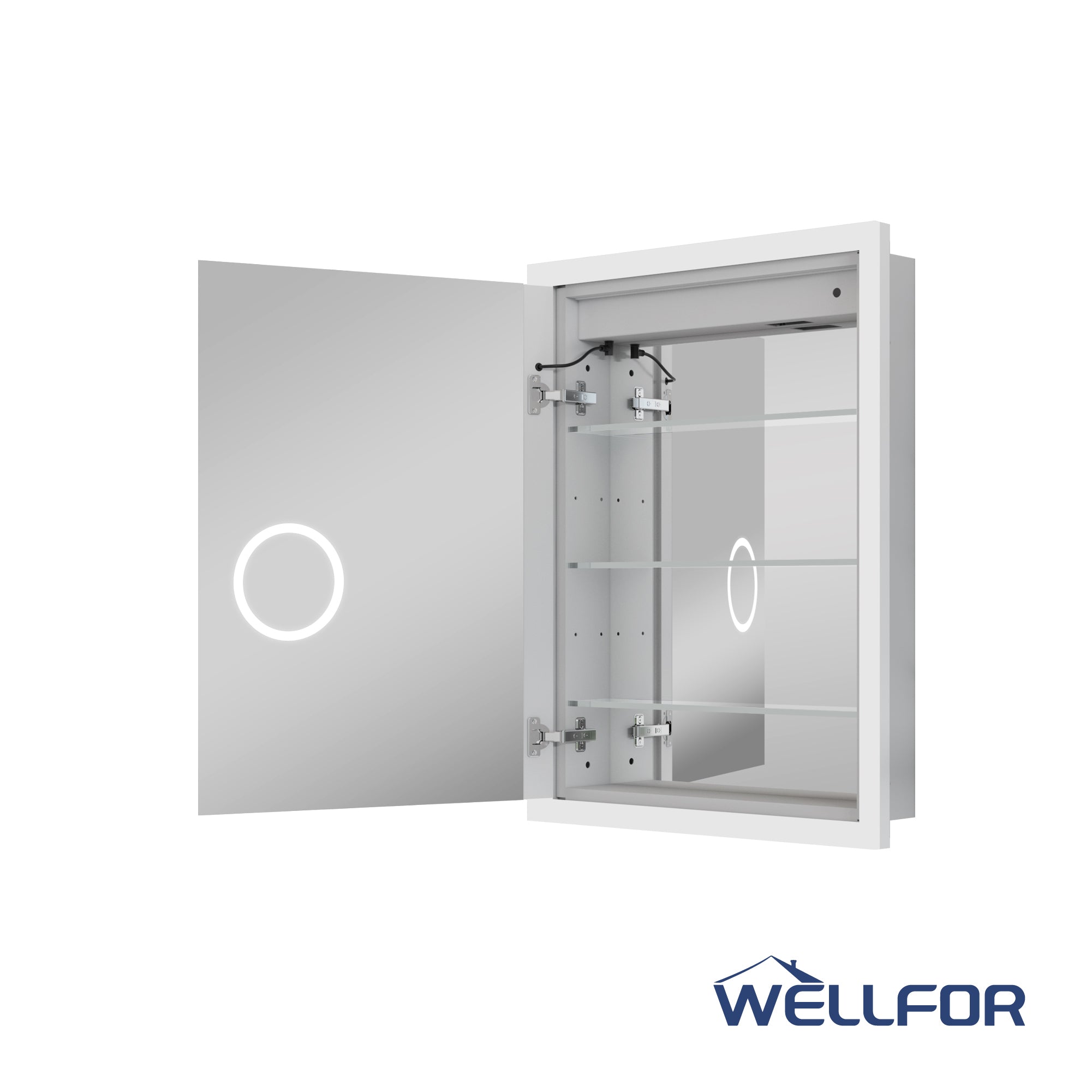
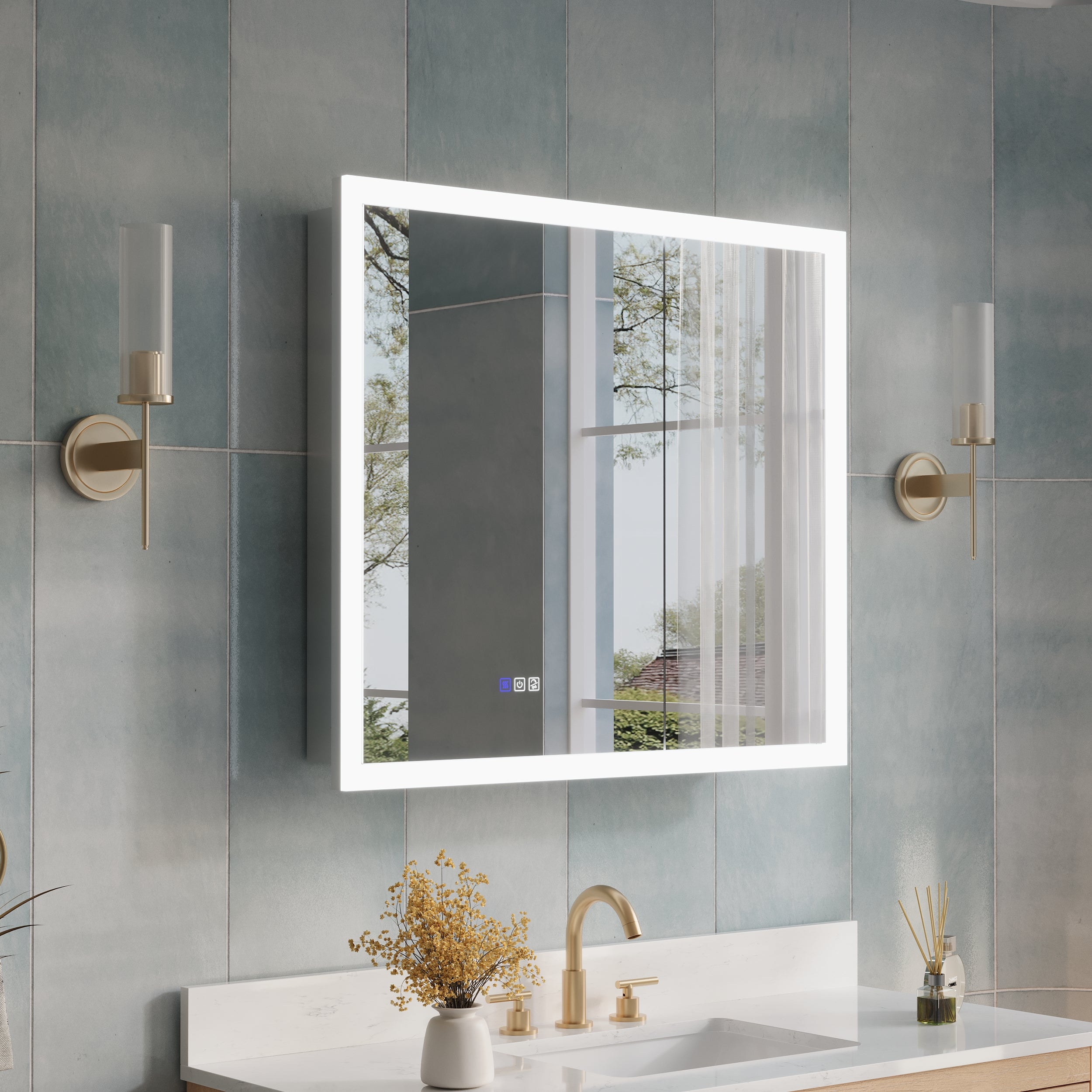
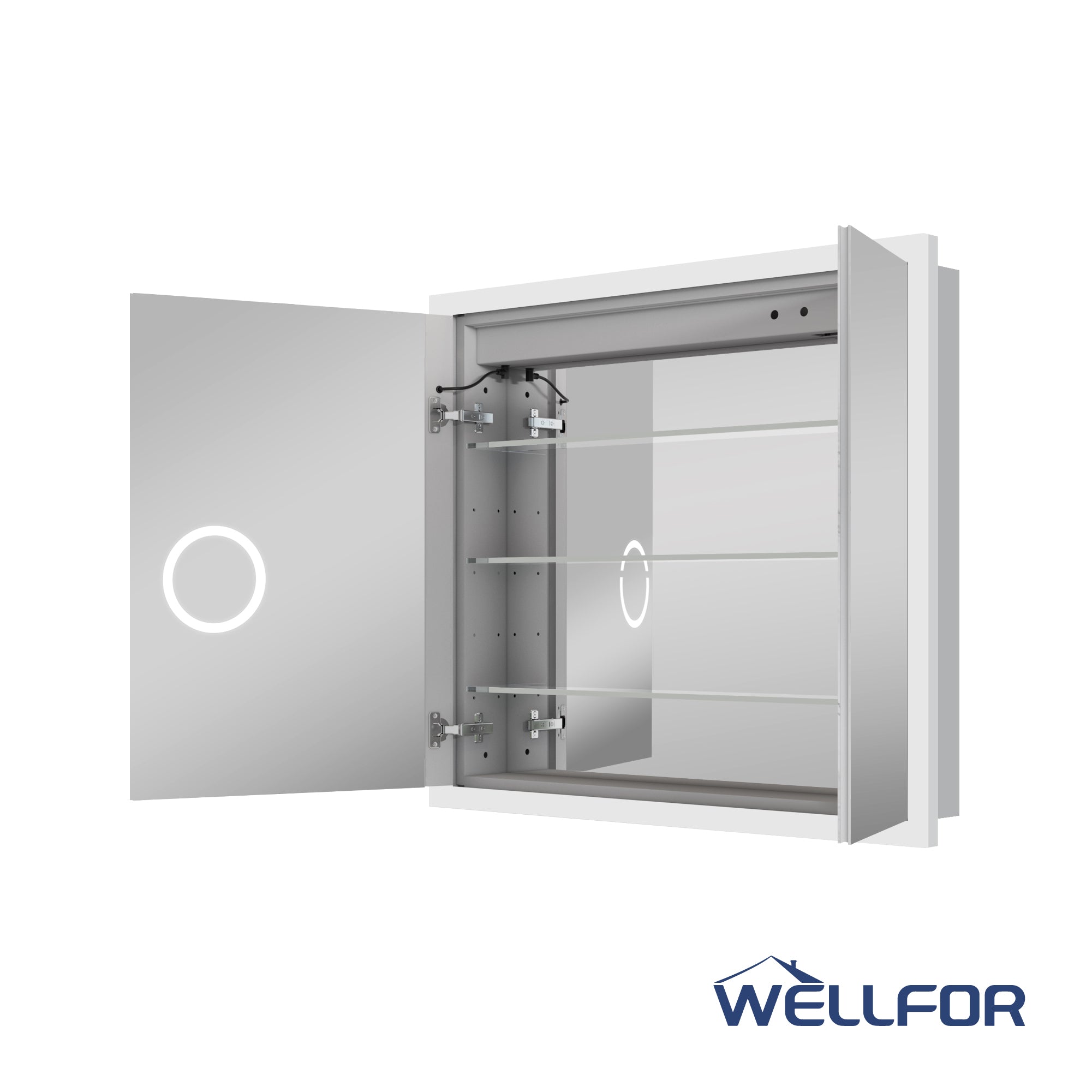
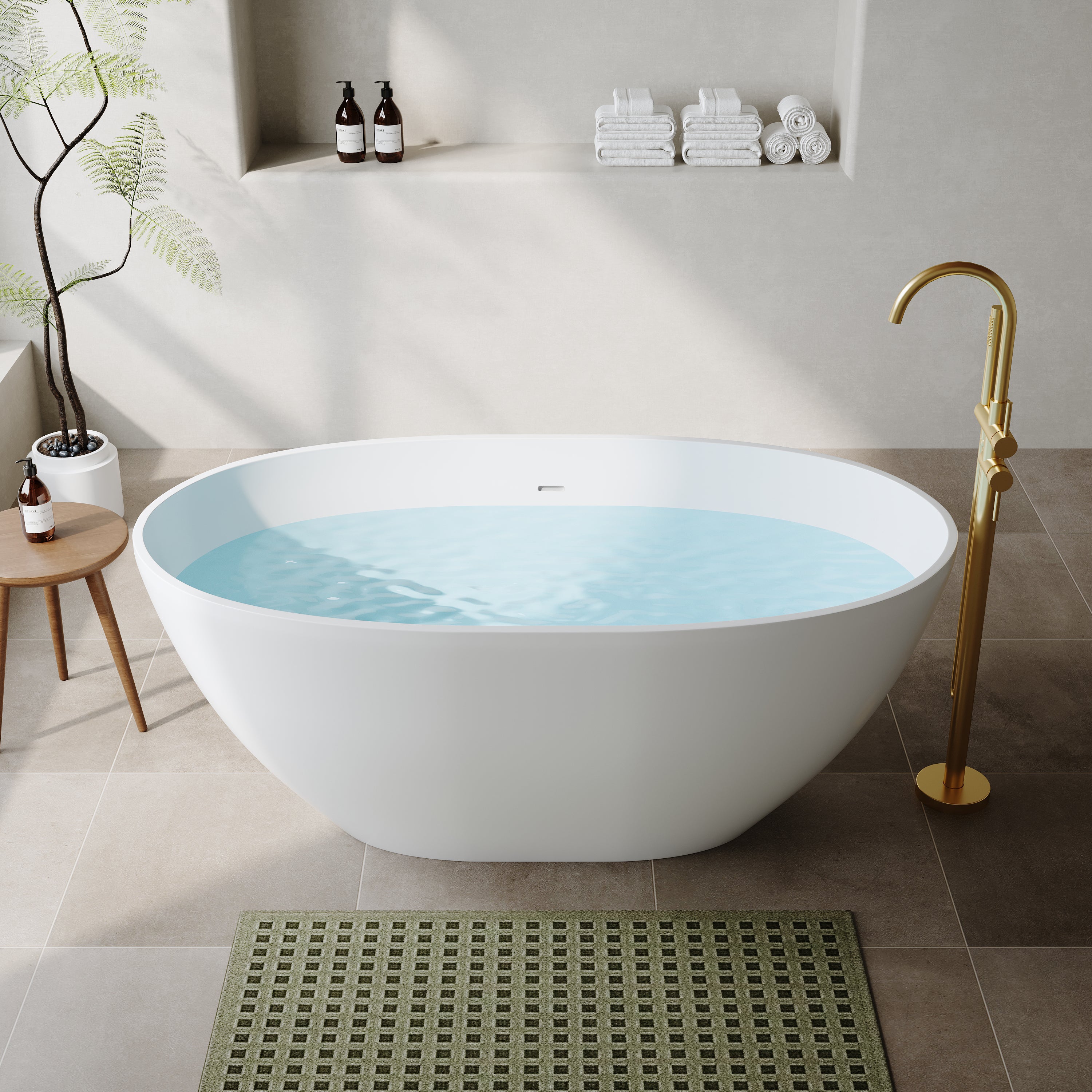




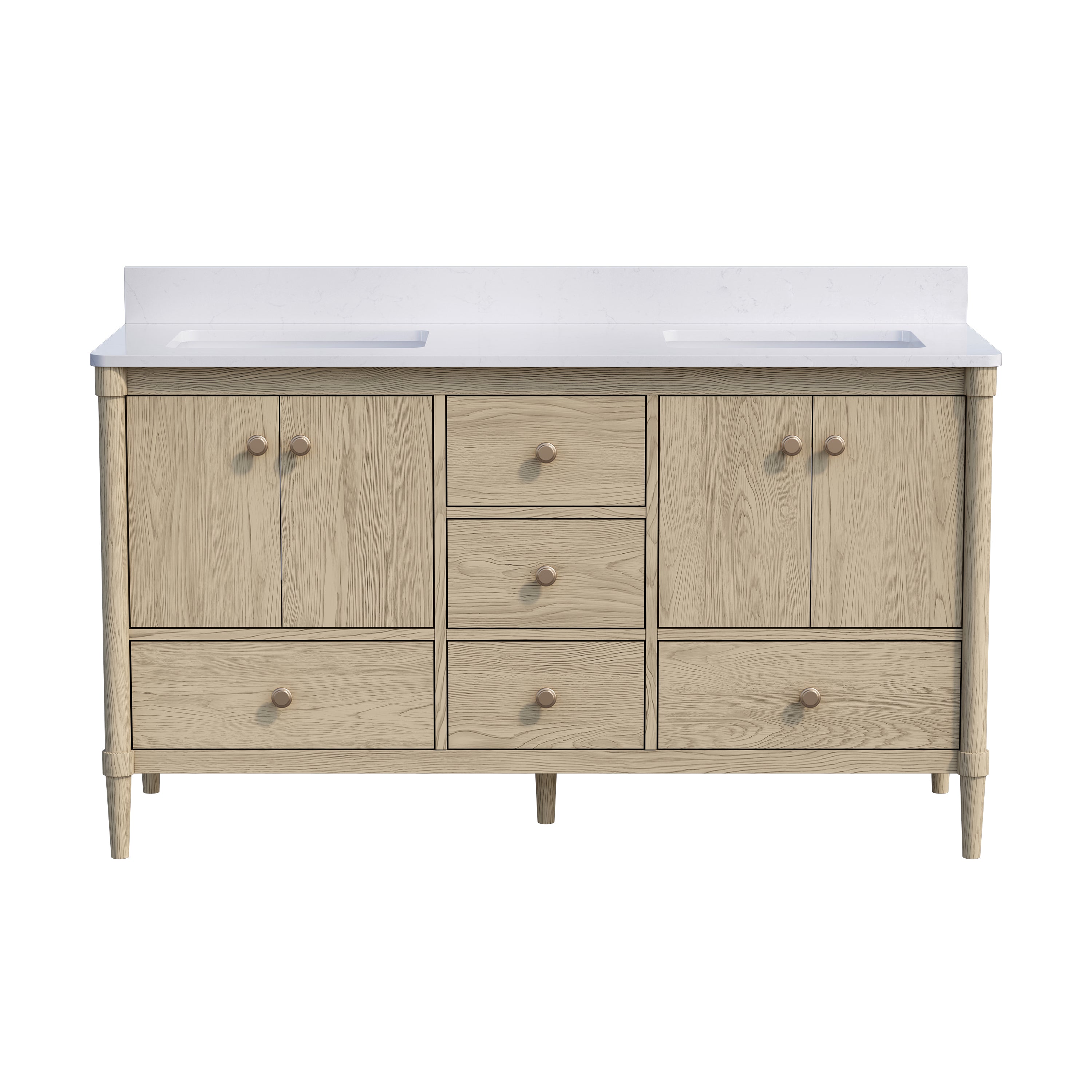
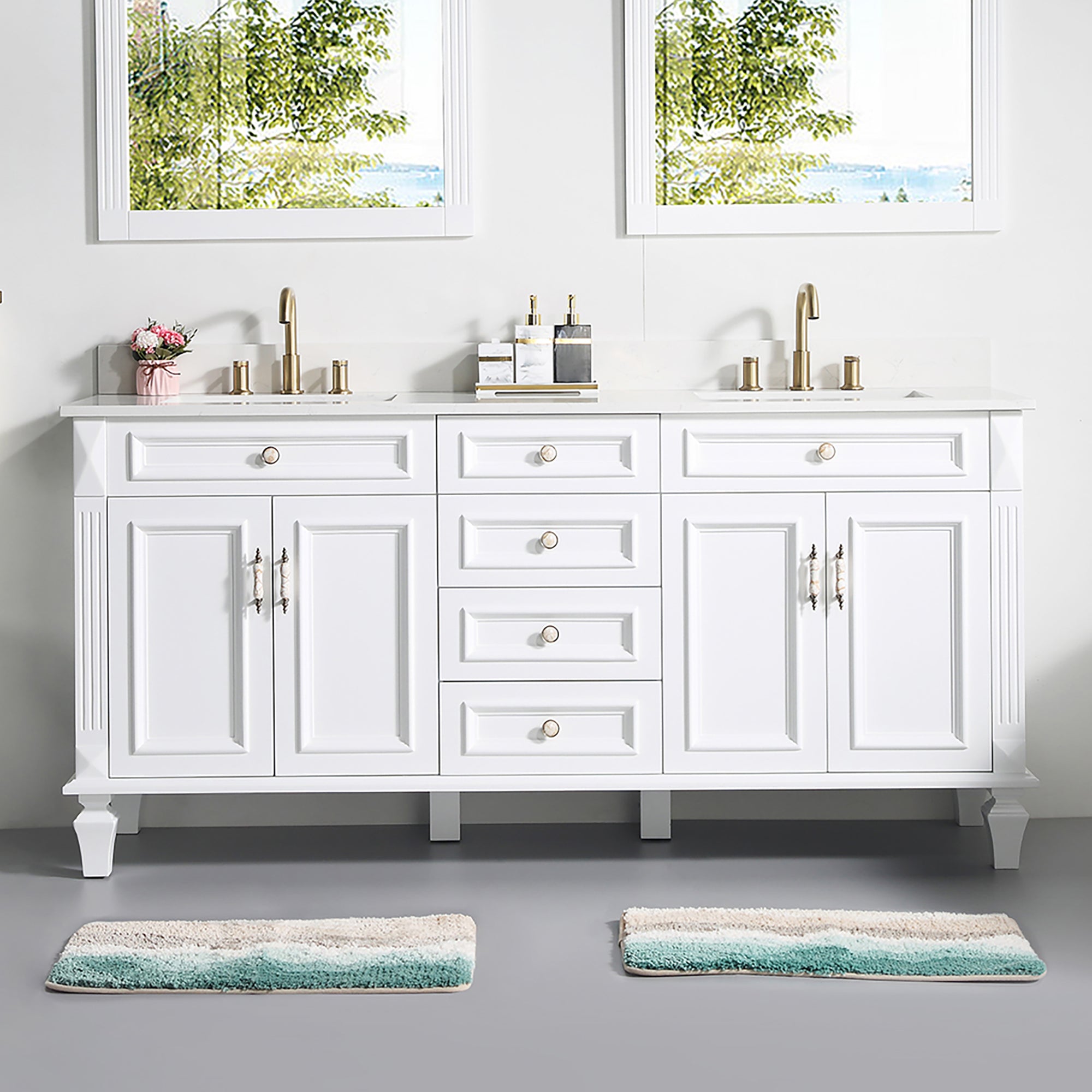
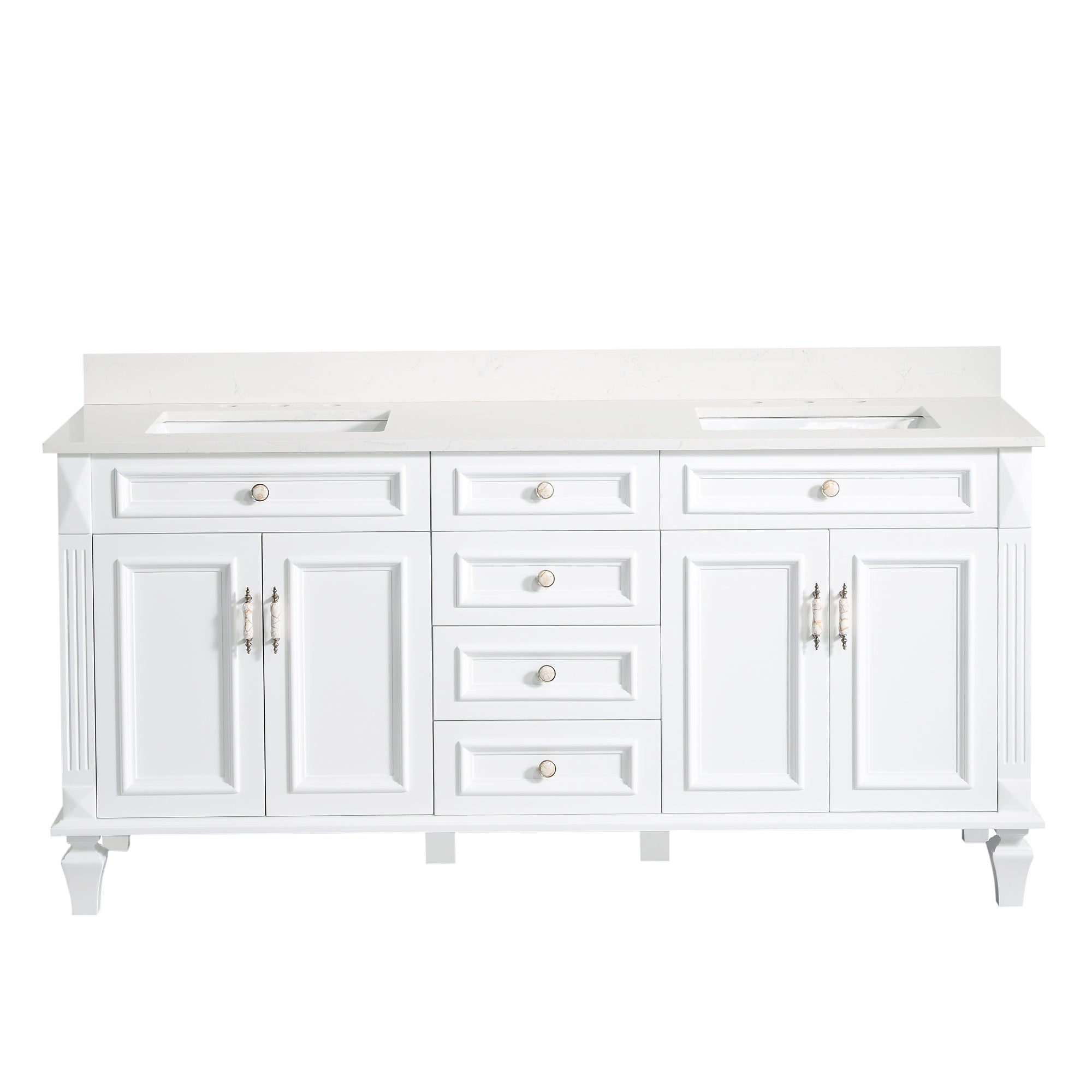
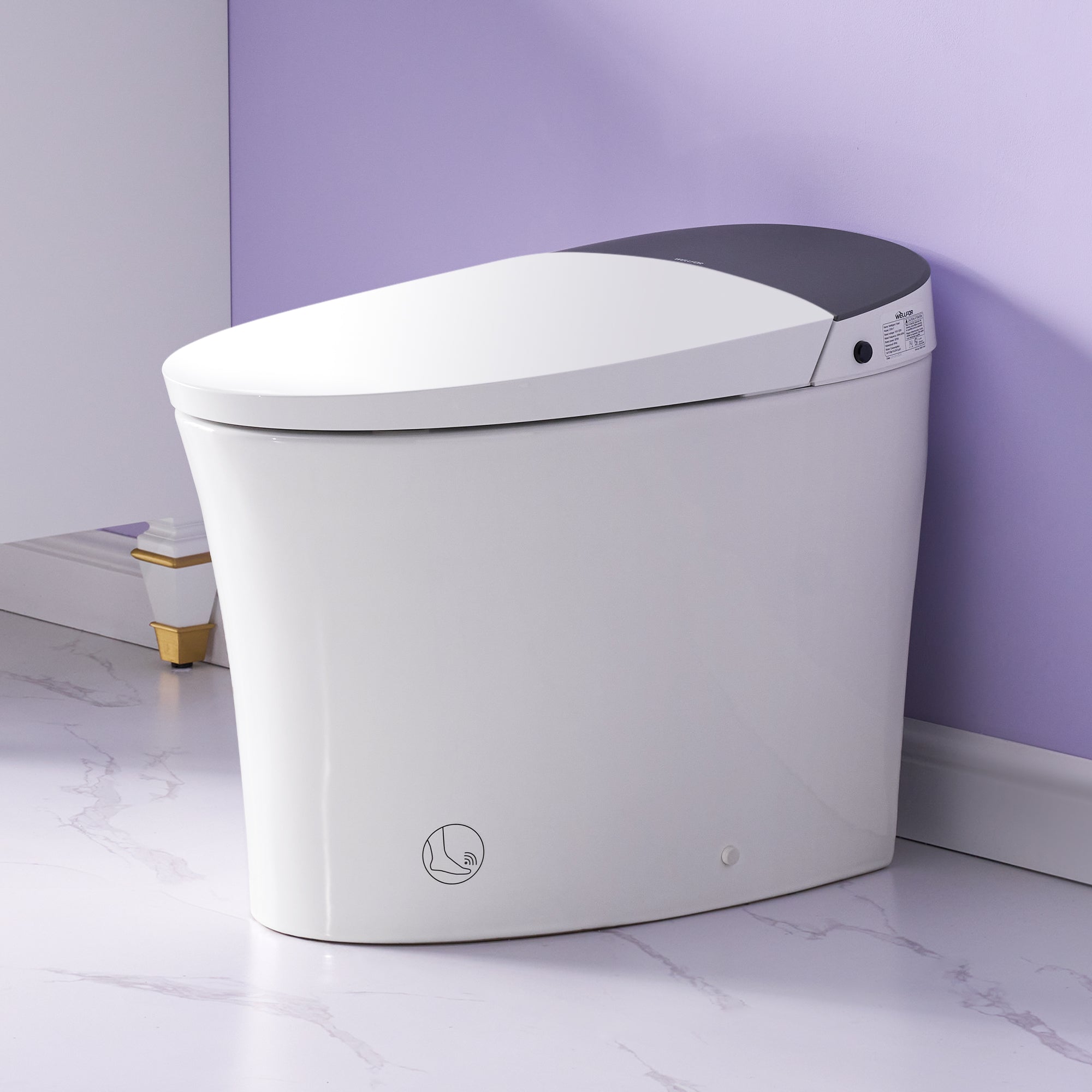
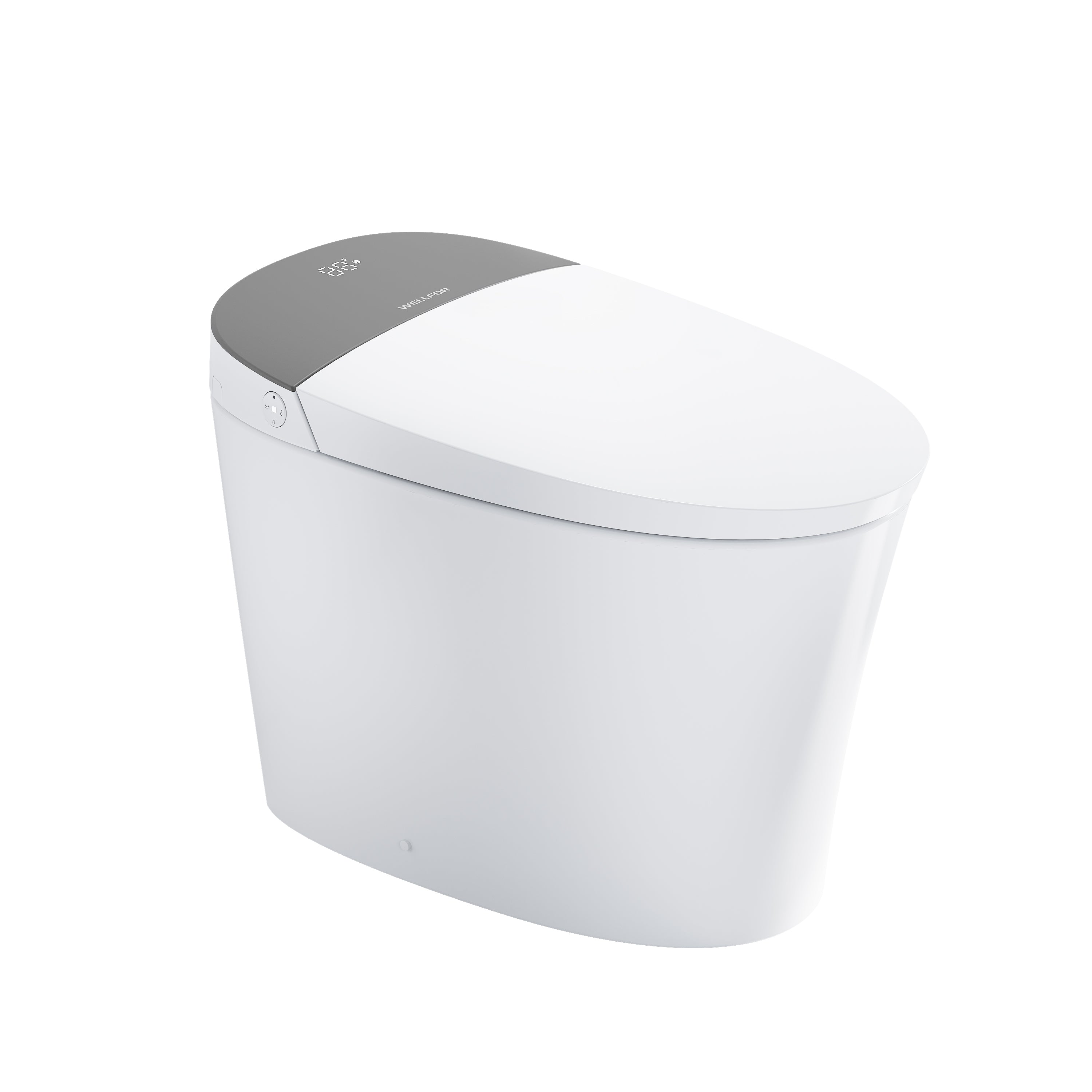

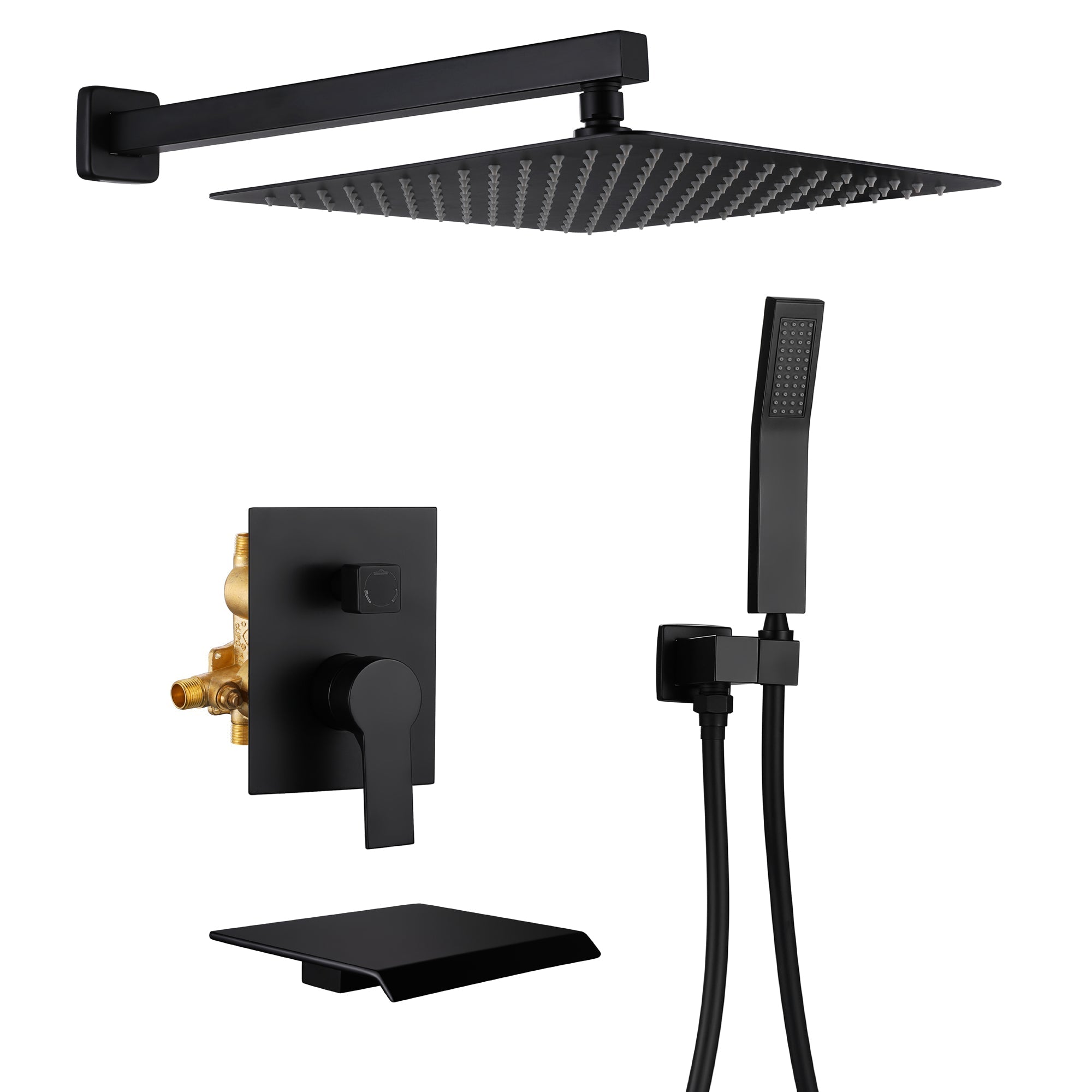
Leave a comment
This site is protected by hCaptcha and the hCaptcha Privacy Policy and Terms of Service apply.